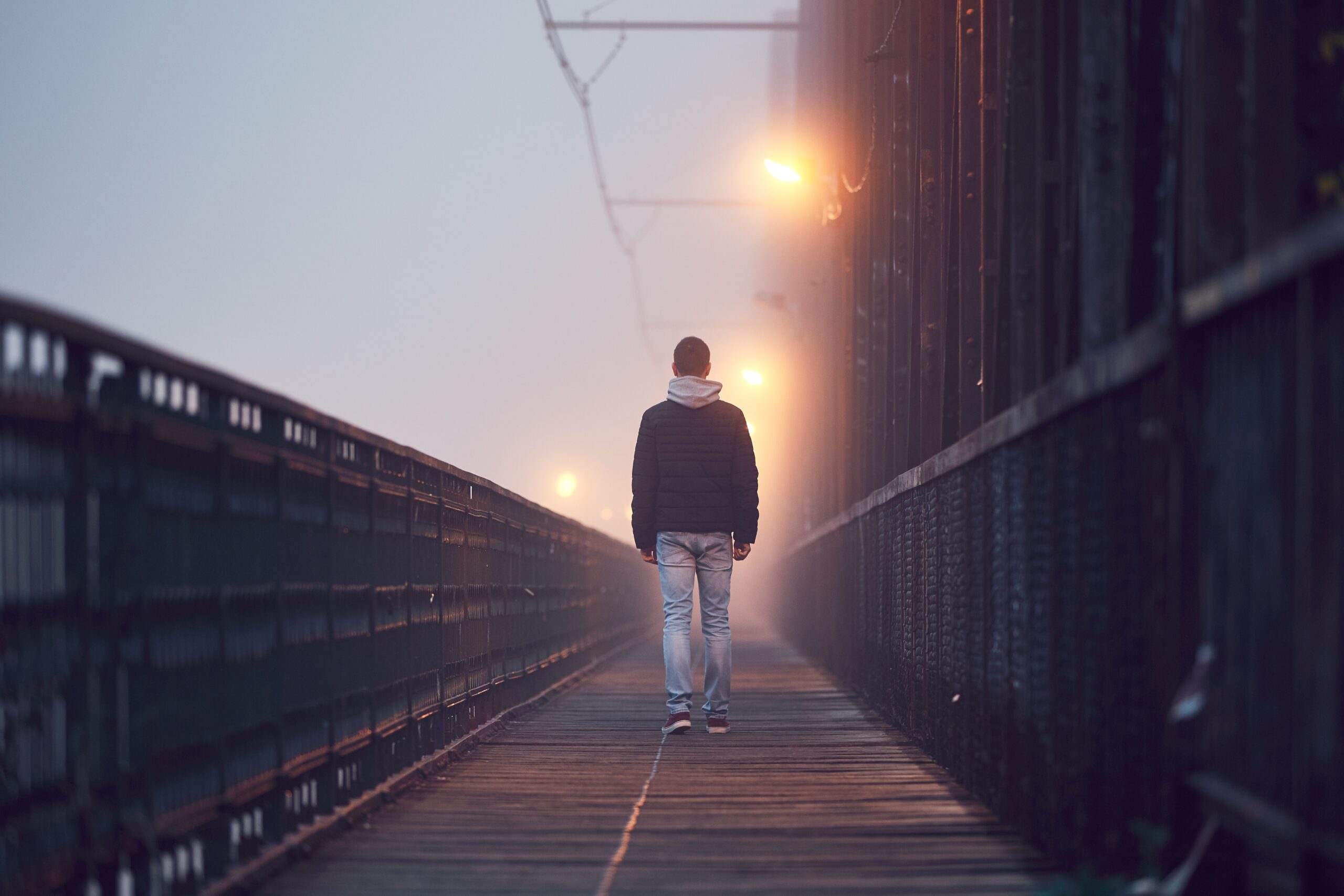| Ohio Clock in the U.S. Capitol being turned forward for the country’s first daylight saving time in 1918 (Photo credit: Wikipedia) |
Once again “our days are getting shorter…”
It’s a funny thing about the expression “the days are getting shorter.” In reality our days are still 24 hours in length, but the period of daylight shortens as we work our way from the summer solstice (the longest day of the year – most hours of daylight) through the winter solstice (the shortest day of the year – least hours of daylight). To complicate this yearly routine, since 1918 in early November daylight saving time ends here in the United States, with the exceptions being Arizona (except for the Navajo Nation, which does observe daylight saving time), Hawaii, and the overseas territories of Puerto Rico, American Samoa, Guam, the Northern Mariana Islands, and the United States Virgin Islands.
Most people move through this time of year with less daylight without any problems, but as we wrote just two years ago seasonal affective disorder (SAD) impacts about 15% of the United States population. And it is this time of the year that we read more about SAD, learn about new research and even inventions to help those who suffer from SAD.
How to deal with season affective disorder…
This week NBC’s TODAY Health published a news article about five ways to assist you in raising your serotonin levels through the late autumn and winter months. The reporter, Markham Heid, lists them this way:
- Lighten Up
- Exercise Your Demons
- Step Outside
- Rub It Away
- Laugh A Little
For a number of years treatment professionals have advised that a very important way to manage your SAD is to make sure you have good lighting in your home and workspace. There are lightboxes that you can purchase to lighten up your interior environment and these help raise your serotonin levels.
Exercise is known to increase serotonin. How and where you exercise can be your decision to make. You might want to join a gym, take a morning or evening walk with a friend, engage with a co-worker to walk during lunchtime or a work break, depending on where you live you can go bike riding, perhaps your apartment complex has a gym (many of these are open 24 hours per day)…finally, swimming laps or pool aerobics are both excellent ways to exercise your demons.
To step outside may sound easy, but if you have ever lived in the snow belt, then you might appreciate how hard this can be to accomplish regularly throughout the winter months. If sidewalks are not plowed or shoveled, not to mention walking paths, then getting outside can be challenging. However, keep in mind that the suggestion to step outside is more about exposing yourself to daylight and maybe even sunlight. You can stand on your porch, patio, or balcony and just take in 30 minutes of fresh air.
If exercise isn’t your idea of fun, then maybe the idea of a regularly scheduled massage to rub it away appeals to you. You can consider having your significant other give you a massage and maybe you can return the favor. Put a massage certificate on your holiday gift list. Studies have shown that massage can increase your serotonin.
Who doesn’t enjoy a good laugh? Laughter can be contagious. Milton Berle once said: “Laughter is an instant vacation.” When you look at laughter through Mr. Berle’s lens it is easy to imagine how the brain responds to laughter. At least one study found that laughter seemed to increase your brain’s level of serotonin. Read a funny story, watch a funny movie, or set 30 minutes a week aside to watch a favorite sit-com. Or how about this? Set 30 minutes a day aside to watch reruns of a sit-com that always made you laugh until you cried. By all means laugh a little.
Now you can track your light exposure…
Sometimes measuring the intensity of an activity can be hard to do. If you ride you bicycle for five miles, do you really know how many calories you burned without factoring in the weather, your speed, and the topography of the route taken? If you spend a day at the beach, do you really know how much sun exposure you had? Probably not without considering the ambient weather, your clothing, sunscreen, sunglasses or not, or if you were wearing a hat and the hat’s style.
As we discussed above one tested treatment for SAD is light exposure. And this week we learned about SunSprite – Wearable Light Tracker. The Daily Beast reporter K. Aleisha Fetters explained the concept of measuring and tracking your light exposure:
“For people with SAD, or a bad case of the winter blues, doctors might prescribe a certain amount of light exposure. The “gold standard” dose is 30 minutes of 10,000 lux light, one hour of 5,000 lux light or two hours of 2,500 lux light. (Note: “Lux” is a universal unit of light intensity.) To put that into perspective, indoor lighting is about 100 lux, while a bright, sunny day can hit 50,000 lux or more. However, an overcast sky (like you see often during the winter) usually ranks at only 1,000 lux or lower.”
See what you think of SunSprite…
If you are having trouble viewing the video, you can see it here.
Remember…if you suspect you might be suffering from seasonal affective disorder discuss it with your primary care physician.







